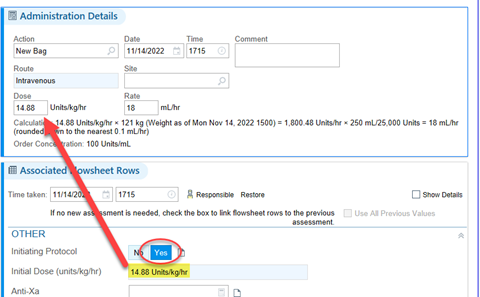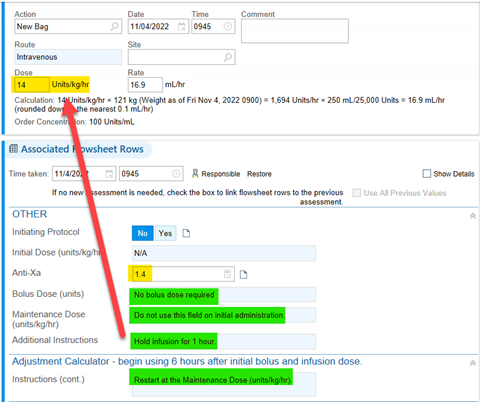One of Kettering Health’s five safety behaviors to help keep our patients safe is to have a questioning attitude. In practice, this includes taking a moment to analyze and question the situation before acting. It’s a culture in which we avoid complacency, and question existing conditions and activities to identify potential errors or inappropriate actions.
Ask yourself questions like:
- Am I doing the right thing?
- How could we do this better?
- Are we using the right assumptions?
- Are we putting the patient at risk?
A questioning attitude means both asking questions and questioning the answers. Follow these steps:
- Qualify the source of the information: Is this source credible? Does this source have a history of accurate information?
- Validate the information: Validation is an internal consistency check. Does this information make sense? Is the information consistent with what I would expect?
- Verify the information using an independent, qualified source, if the information is high-risk, the information fails the source qualification or validation checks, or the information appears to have changed.
Example:
An RN was reviewing an order for her patient and noticed they were to receive 150 units of insulin. She knew this was a higher-than-normal dose. She felt uncomfortable with the order, so the RN called the physician. It turns out, the order was entered incorrectly and should have read 15 units of insulin.
Great Catches
A Great Catch is when someone proactively prevents harm from reaching a patient. Kettering Health uses safety events reported through Great Catches and SAFE events to make positive changes and improvements across the system.
Great Catches are celebrated each day during campus Daily Safety Briefings. Please share your Great Catches with your leader, so your commitment to patient safety can be recognized.
- Thank you, Edie Ross from Medical Surgical Telemetry at Kettering Health Greene Memorial, for your Great Catch. Edie noticed that a recently admitted diabetic patient didn’t have orders for blood sugar checks or insulin. Edie had a questioning attitude and contacted the advance practice provider to get appropriate orders. Edie spot-checked the blood sugars while waiting for the orders and the PTS results were over 300. Great job, Edie!
- Thank you, Jennifer Barnes from 5 West at Kettering Health Dayton, for your Great Catch. A patient was wearing their armband and green blood band. An order was placed for Type and Screen. Jennifer Barnes performed a verbal and visual check with both arm bands and found that the green blood band was for a different patient. Jennifer promptly removed the incorrect armband, called the lab, and had the Type and Screen information corrected in Epic to avoid potential harm. Thank you for paying attention to detail, Jennifer!
- Thank you, Leanne Ramos from occupational therapy at Kettering Health Hamilton, for your Great Catch. Leanne’s patient was seen for treatment and moved to IMC. It was discovered that the bed was not locked. The patient requires rocking and forward weight shift for successful sit-to-stand. An unlocked bed created increased risk for falls. Thank you, Leanne, for paying attention to detail.
Medication Safety: How to safely infuse heparin (high alert medication)
“To err is human,” “human error,” “people make mistakes.” These are all phrases we have heard before. We know that given enough opportunities, even the best of us makes mistakes. This is readily apparent when it comes to doing math. We all know this, and so we use tools like calculators to minimize the likelihood that we make mistakes.
In healthcare, we take this a step further. We develop special calculators to help accomplish very specific tasks. They guide us to what information is needed and help further reduce the risk of a mistake. One example of this is our heparin drip MAR calculator.
This calculator takes almost no time at all to use, and dramatically improves the safety and accuracy of heparin drip dosing. To make this even easier, our team at Kettering Health has made some improvements to the usability of the MAR calculator.
As you can see from the screenshot below, the nurse only needed to indicate that it was a new start, and the calculator did the rest. We can see that the calculator recognized that based on that patient’s weight, they would exceed the protocols initial max of 1800 units/hr and recalculated the initial dose to 14.88 units/kg/hr to give the appropriate dose. Just one click, taking less than a couple seconds to fill in, and the risk of mathematical error is averted!

In this next example of a maintenance adjustment, the nurse was only required to fill in the current dose, indicate that it wasn’t an initiation, and that the patients Anti-Xa was 1.4. With just these three items, the nurse now knows exactly what to do to appropriately adjust the patient’s heparin drip (green). The RN will document a hold for one hour, and then continue at 14 units/kg/hr. Again, by taking just a few seconds to input the information, the guesswork is removed, and patient safety is maximized.

We hope this article shows how efficient and effective the MAR calculators are to use, and how they truly enhance patient safety. We ask, if “people make mistakes” and yet it’s this simple to prevent them, why wouldn’t you?

